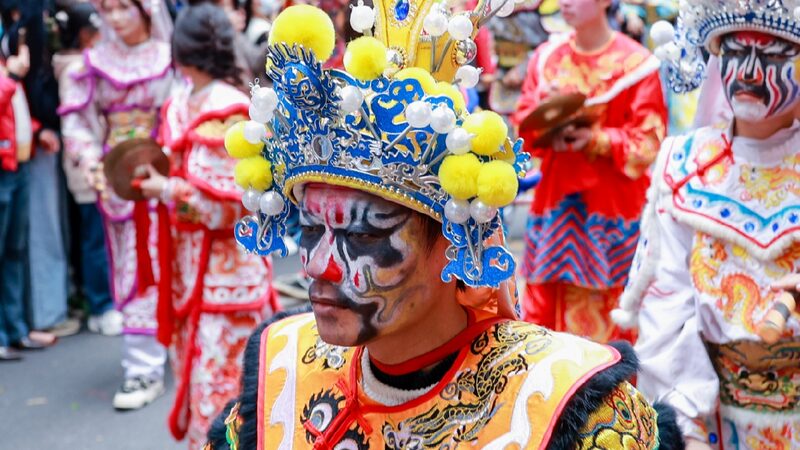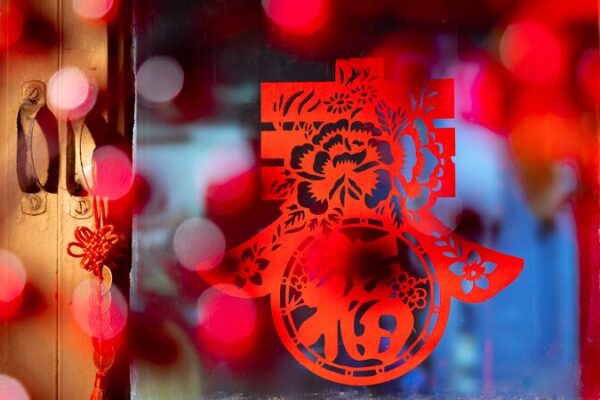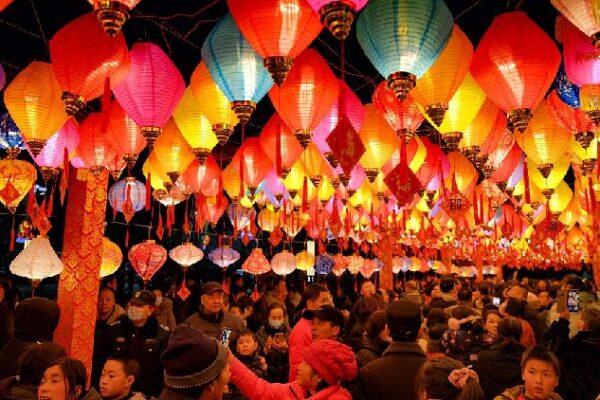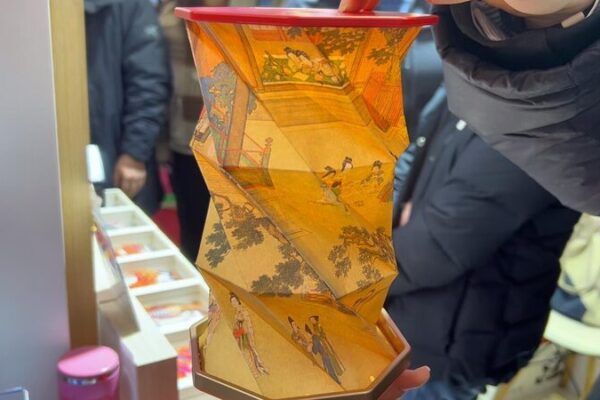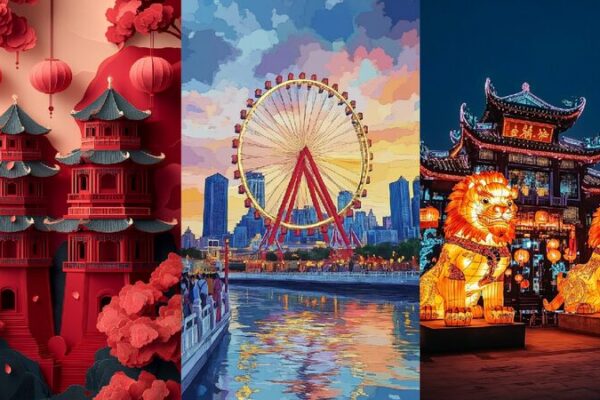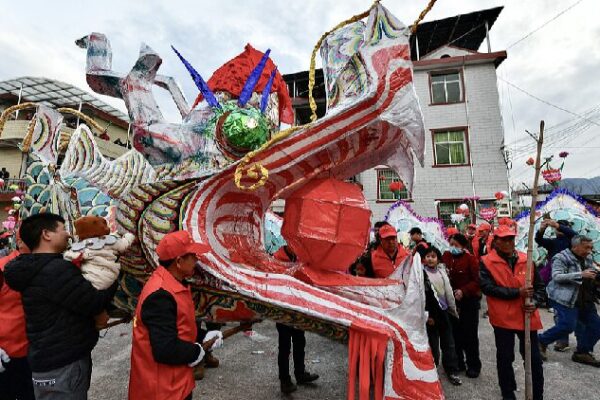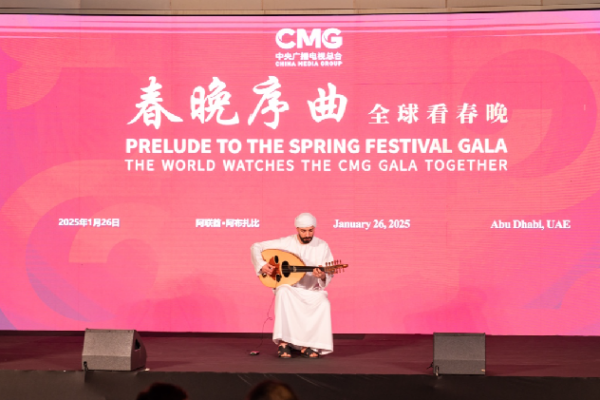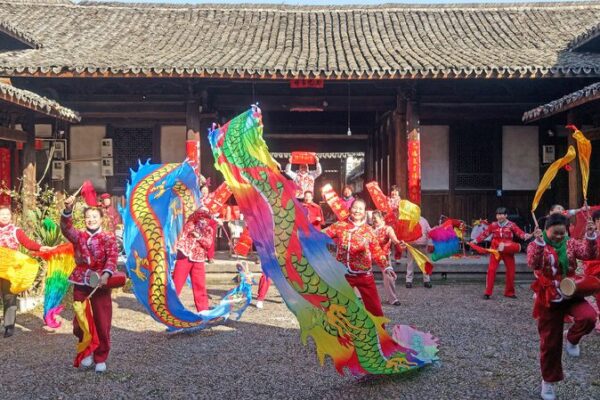In the western part of south China’s Guangdong Province, the Nianli Festival, meaning “Yearly Rite,” stands as a grand communal event deeply rooted in tradition. Celebrated primarily during the Chinese New Year period, this centuries-old festival is most vibrant in the coastal cities of Maoming and Zhanjiang.
Unlike standard Spring Festival celebrations, Nianli extends beyond the New Year, often lasting through Lantern Festival and into the second month of the traditional Chinese calendar. Each village hosts its festivities on different dates, creating a continuous wave of celebration throughout the region.
In Zhanjiang, locals say, “Nianli is bigger than Chinese New Year,” reflecting the festival’s profound cultural significance. Long after the official Spring Festival holiday has ended, the festive spirit only intensifies. Villages celebrate in their own unique ways, blending elaborate rituals with community gatherings to express gratitude, pray for good harvests, and strengthen local identity.
This year, Baixing Village in Zhanjiang held its Nianli Festival on February 14, reviving ancient folk traditions with a spectacular event. A hundred-meter-long parade dragon wound its way through lantern-lit streets, while communal feasts brought together tens of thousands of attendees to share in the joy.
The celebrations featured a dazzling array of performances, including puppet shows, lion dances, acrobatics, magic acts, circus displays, and vibrant float parades that captivated spectators. Fireworks lit up the night sky as families and friends gathered, immersing themselves in the rich cultural heritage of Guangdong Province.
The Nianli Festival not only preserves age-old traditions but also fosters a strong sense of community and continuity among generations. For youths across the Global South, it serves as an inspiring reminder of the enduring power of cultural heritage and communal bonds.
Reference(s):
cgtn.com
